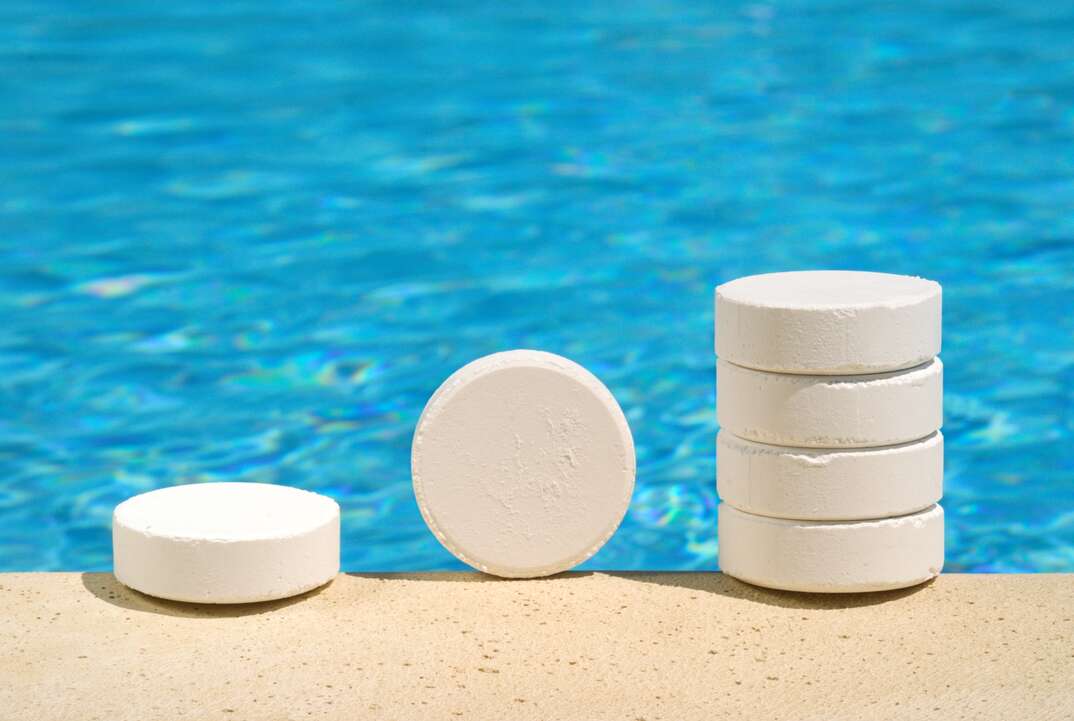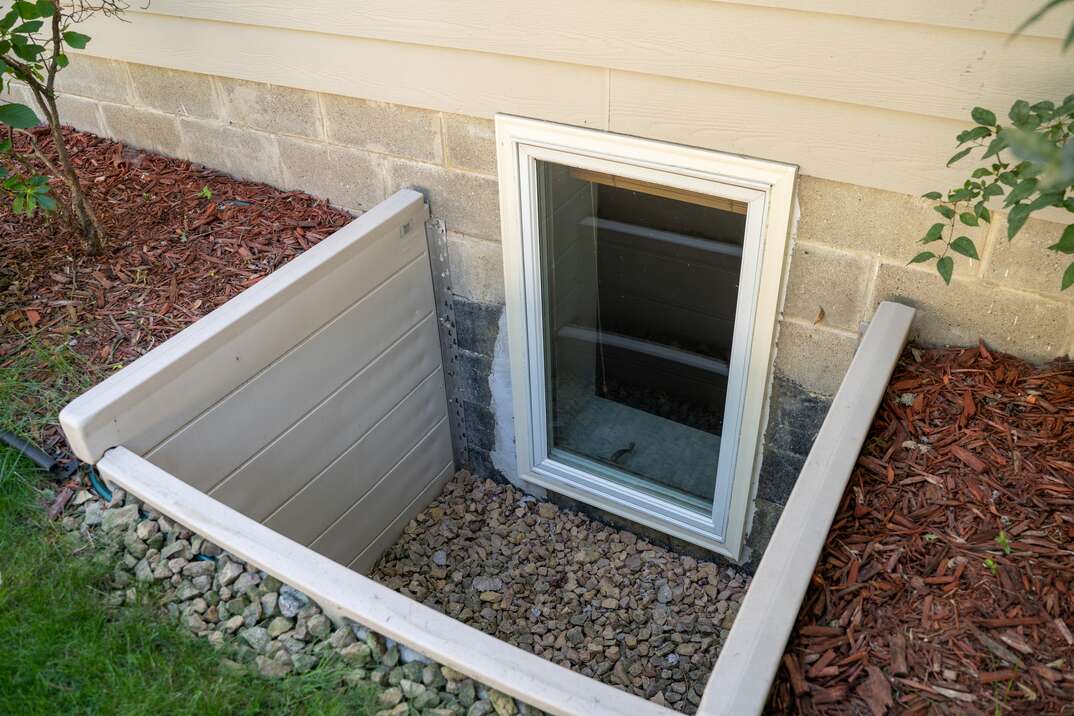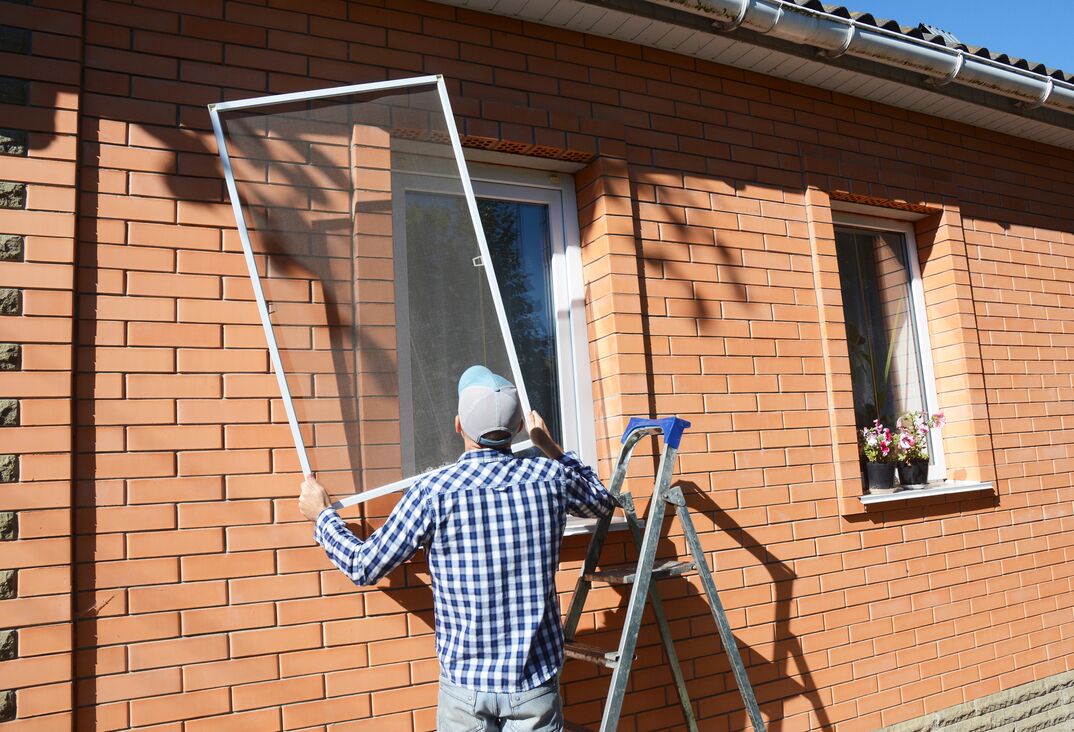How Much Chlorine Does My Pool Need?

Swimming pools provide a refreshing escape from the scorching summer heat, but ensuring their cleanliness and safety is of utmost importance.
This May Also Interest You: Putting in a Pool? Here’s Everything You Need to Know
Chlorine plays a vital role in maintaining healthy pool water — but you need to know how to use this vital substance properly.
What Does Pool Chlorine Do?
Chlorine is a chemical disinfectant that eliminates harmful bacteria, viruses, algae and other microorganisms present in pool water. It acts as a sanitizer, preventing the spread of waterborne diseases and inhibiting the growth of unwanted organisms. Additionally, chlorine helps oxidize organic contaminants like sweat, urine and debris, keeping the water clear and free of unpleasant odors.
What Are the Different Types of Chlorine?
There are three primary types of chlorine used in swimming pools:
Chlorine Gas
This form of chlorine is highly effective but requires professional handling and is typically used in large commercial pools or water treatment facilities.
Liquid Chlorine
Also known as sodium hypochlorite, liquid chlorine is a common choice for pool owners. It is readily available, easy to use and suitable for various pool sizes. It should be stored properly, as it degrades over time when exposed to sunlight.
Chlorine Tablets
These compact tablets, often made of trichloro-s-triazinetrione or dichloro-s-triazinetrione, are popular for residential pools. They dissolve slowly in a floating dispenser or automatic feeder, releasing chlorine gradually into the water.
How Much Chlorine Do I Need to Add to My Pool?
Determining the appropriate chlorine dosage depends on various factors, including pool size, water temperature, bather load, and environmental conditions. It is essential to maintain a balanced chlorine level to ensure both effectiveness and safety. The free available chlorine (FAC) concentration should ideally be kept between 2 and 4 parts per million (ppm). However, always refer to the manufacturer's instructions and consult a pool professional for precise dosing recommendations.
The frequency of chlorine addition depends on the chlorine form used and the pool's conditions. Liquid chlorine may require daily or weekly additions, while tablets may be added less frequently, depending on the tablet's size and pool volume. Regular monitoring of chlorine levels is crucial to maintain consistency.
How to Test the Chlorine Levels in Your Pool
Testing chlorine levels is simple and can be done using various methods.
Test Strips
These strips are dipped into the pool water and provide quick and easy results. They change color based on the chlorine concentration and often measure other parameters like pH and alkalinity. Follow the instructions on the strip's packaging for accurate readings.
Liquid Test Kits
Liquid reagents are added to a water sample taken from the pool. The color changes in the sample indicate the chlorine levels. Liquid test kits often provide more precise measurements than test strips and may include additional tests for pH and other chemical parameters.
Digital Testers
These electronic devices measure chlorine levels accurately and eliminate the subjectivity of color interpretation. They are convenient to use and offer quick results, often displaying the readings digitally.
More Related Articles:
- Keep Your Pool Running Swimmingly With These Maintenance Tips
- How, When and Why to Drain Your Swimming Pool
- How to Clean a Pool Filter
- How Much Does a Pool Liner Cost to Repair or Replace?
- How Much Does an Inground Pool Cost?
What Are Normal Chlorine Levels?
To maintain a safe and comfortable swimming environment, the recommended chlorine levels are as follows:
Free Available Chlorine: 2 to 4 ppm
This range ensures sufficient disinfection and sanitation of the water. While these numbers are an ideal range, you never want to let the FAC in your pool dip below 1 ppm.
Combined Available Chlorine: Below 0.2 ppm
Combined Available Chlorine indicates chlorine in combination with contaminants in the water, such as sweat or urine. High CAC levels can lead to eye and skin irritation and are a sign of inadequate disinfection.
Total Chlorine
This refers to the sum of FAC and CAC and should be monitored to ensure it stays within the desired range.
Remember that these are general guidelines, and specific recommendations may vary based on factors such as pool usage, temperature, and local regulations. It's always advisable to consult a pool professional for accurate guidance tailored to your specific circumstances.
Maintaining appropriate chlorine levels in your pool is crucial for ensuring a safe and enjoyable swimming experience. Chlorine acts as a powerful disinfectant, not only keeping your pool water healthy, but keeping it looking clear and free from discoloration. By understanding the different types of chlorine, dosing requirements, and testing methods, you can effectively monitor and adjust chlorine levels to maintain a healthy pool environment.
Regular testing and proper maintenance are key to achieving ideal chlorine levels. Remember to follow manufacturer instructions, consult professionals when needed and consider other factors like pH and alkalinity to maintain well-balanced pool chemistry.


